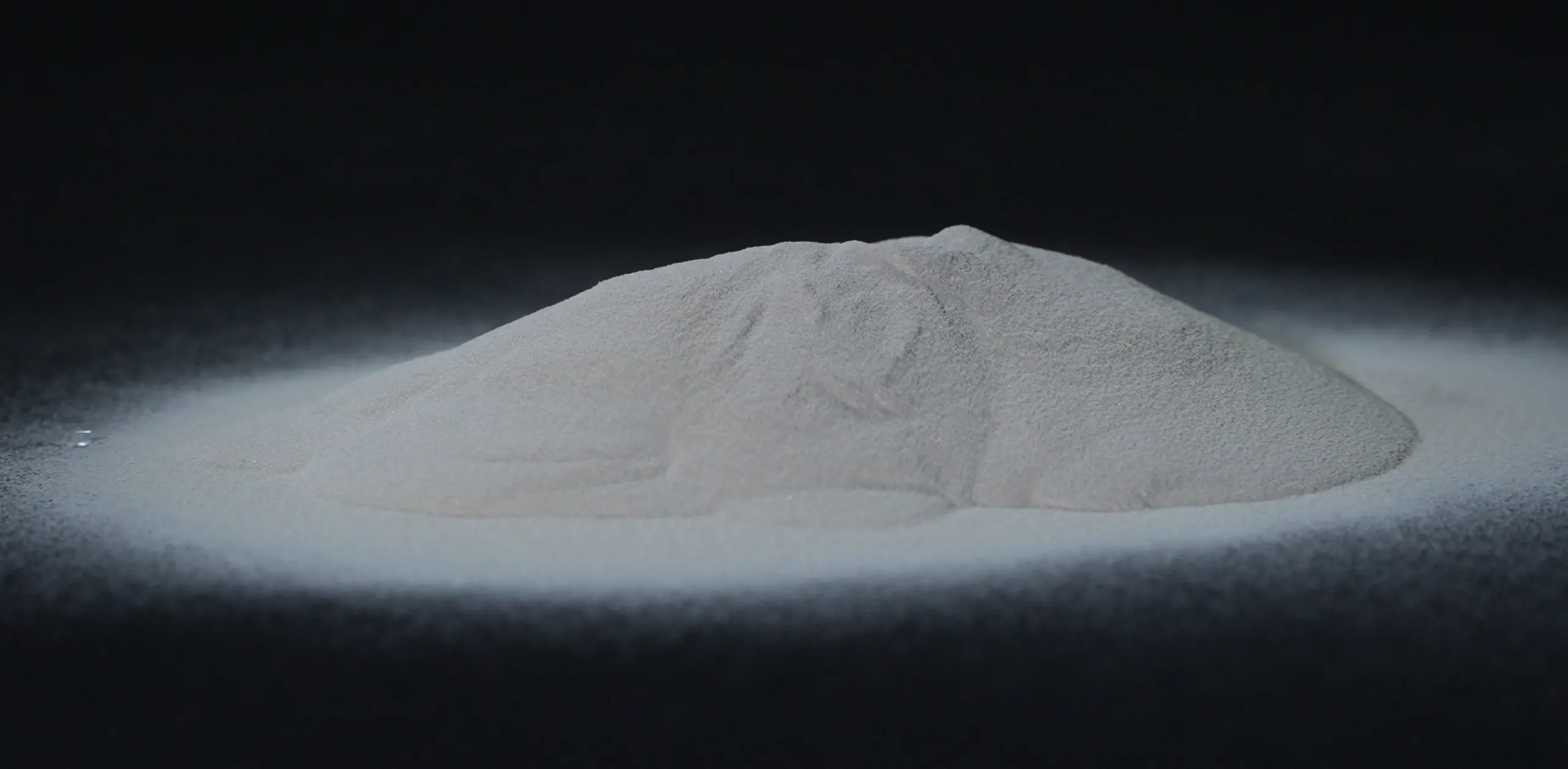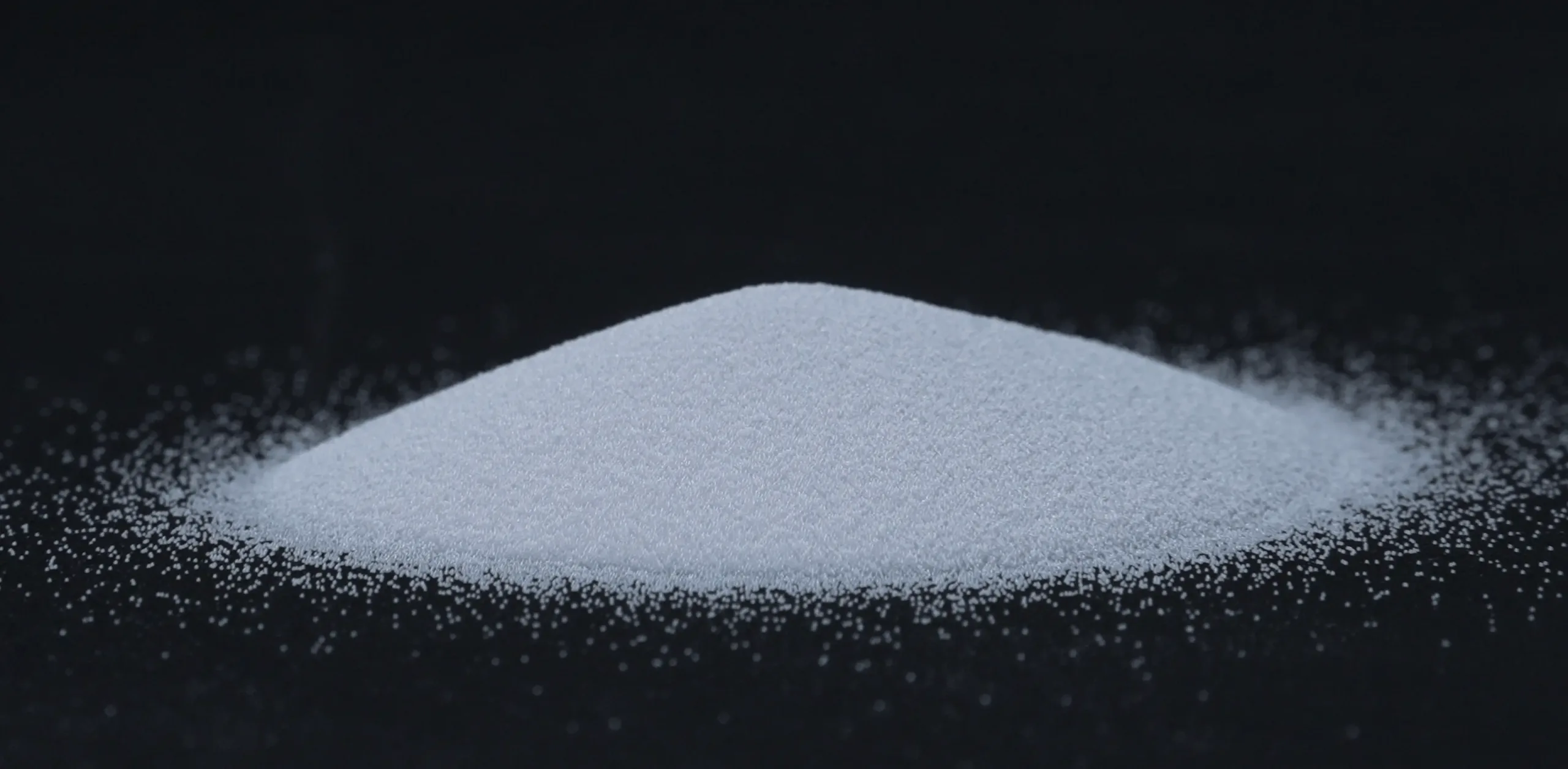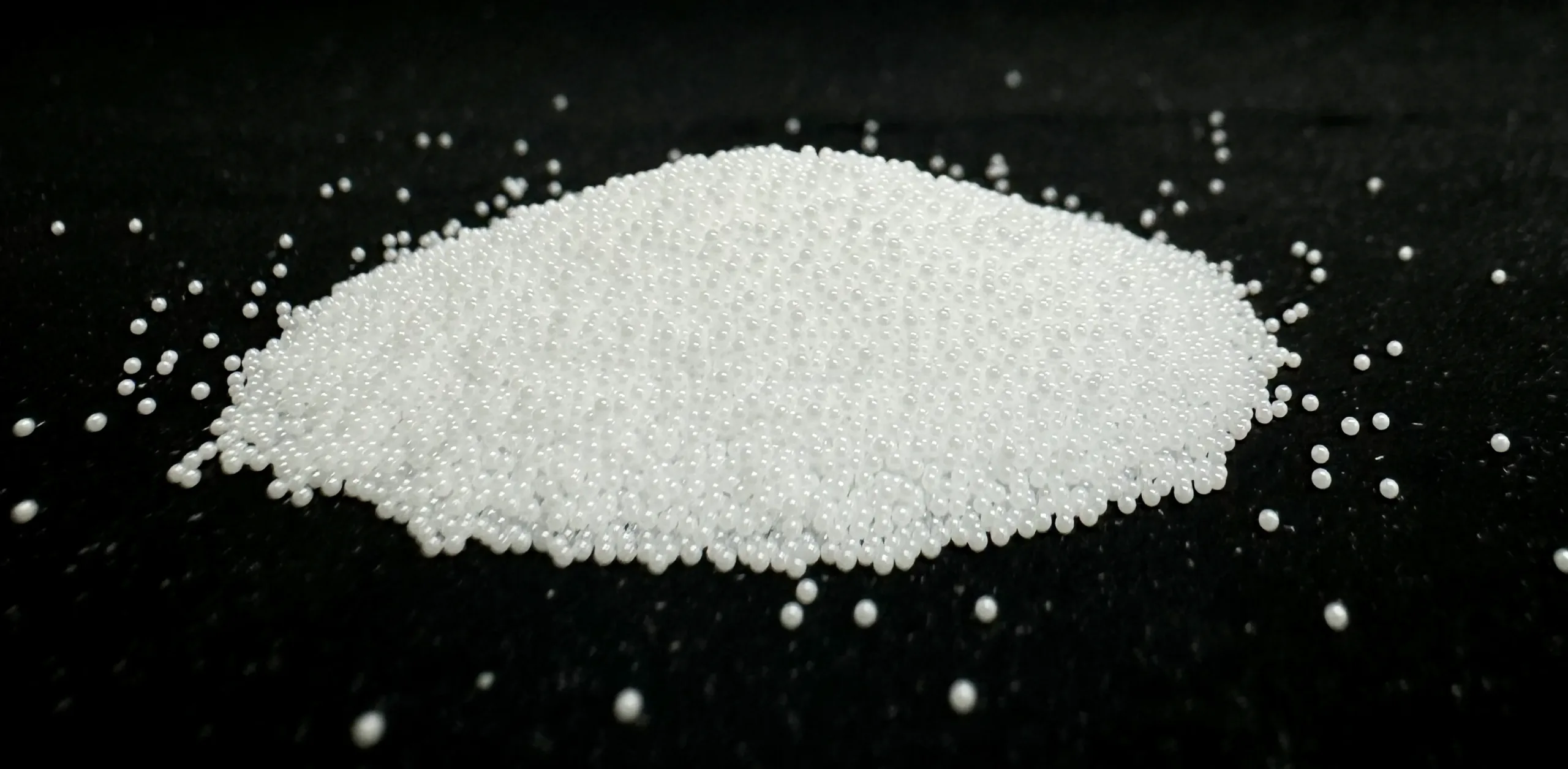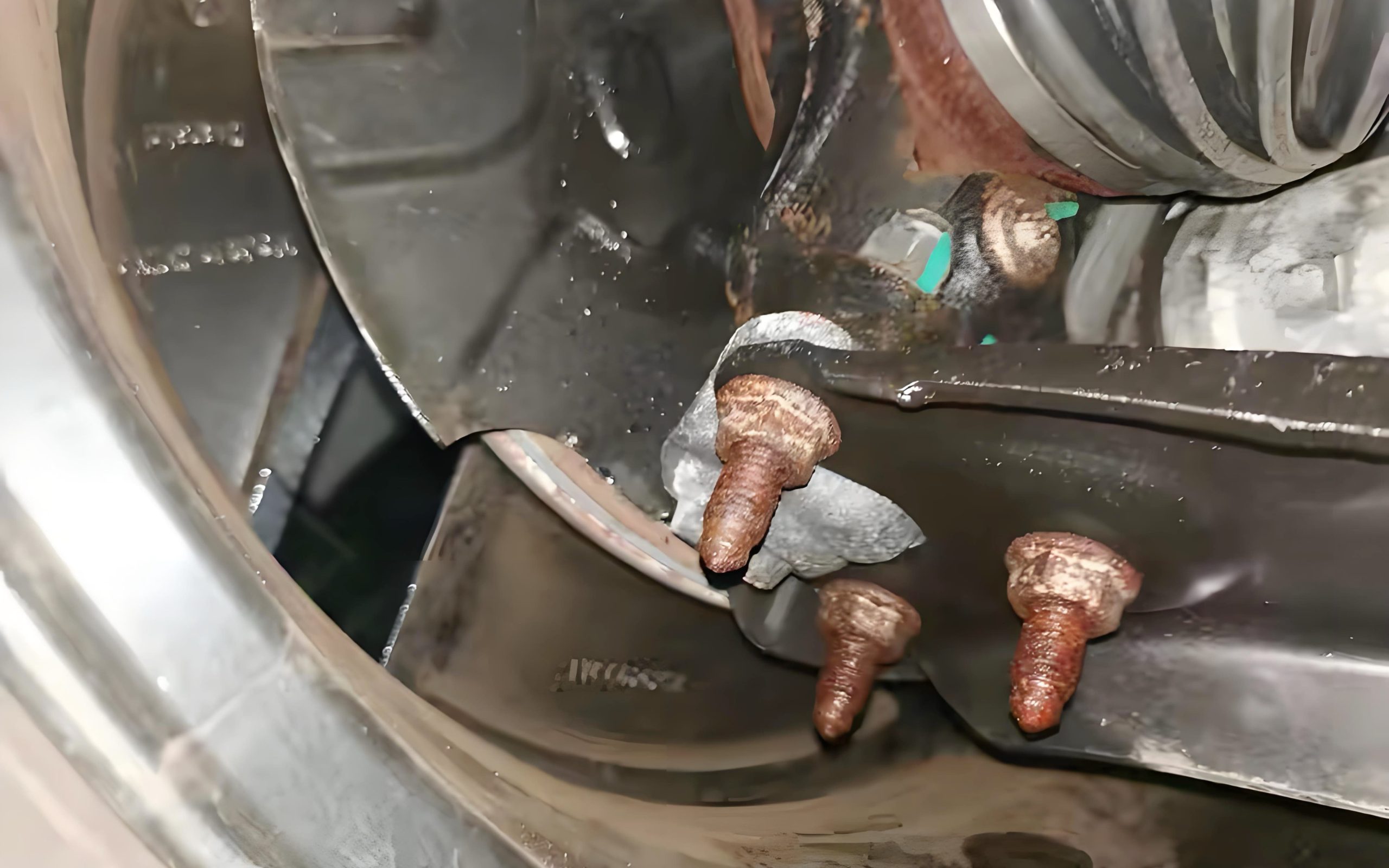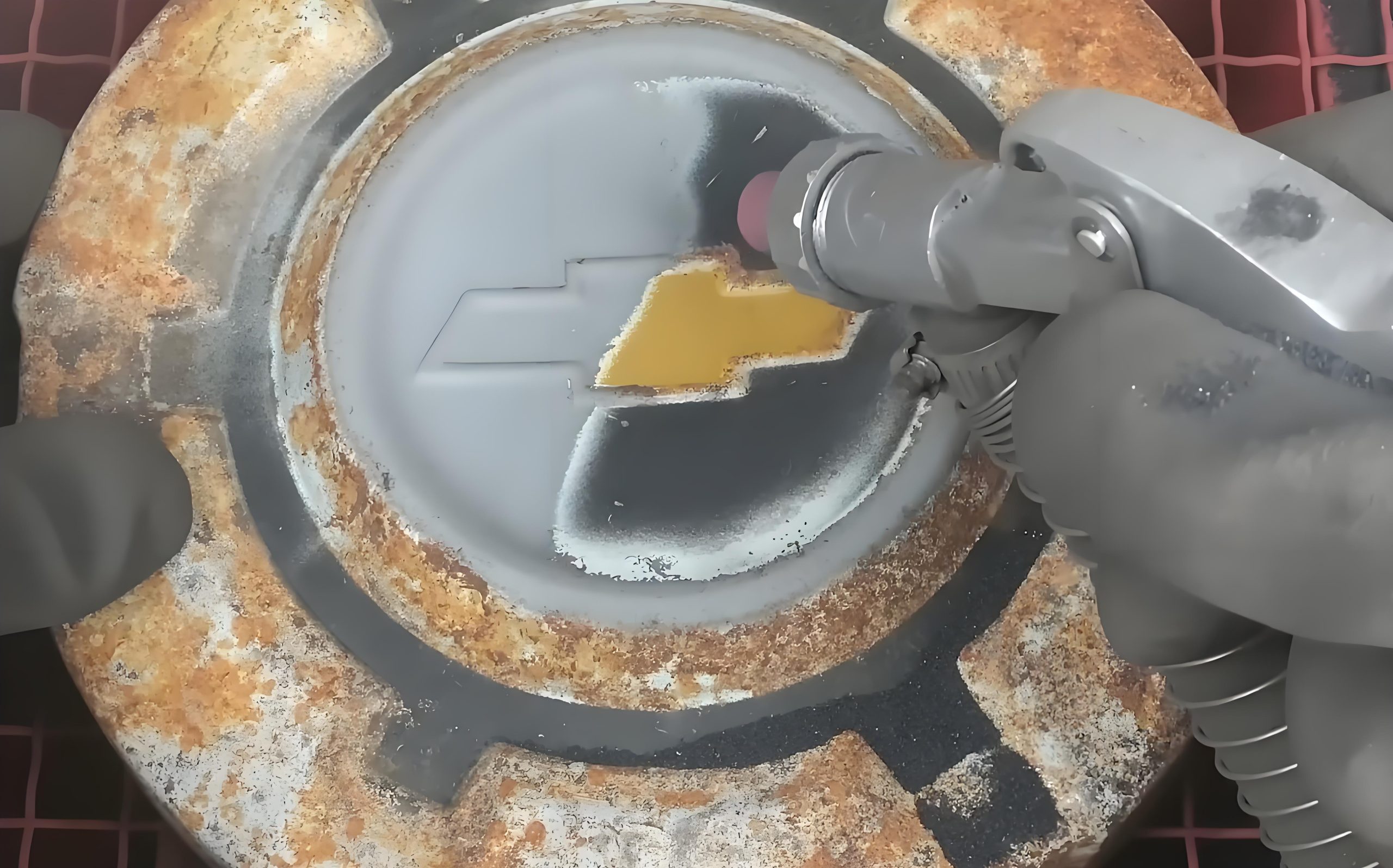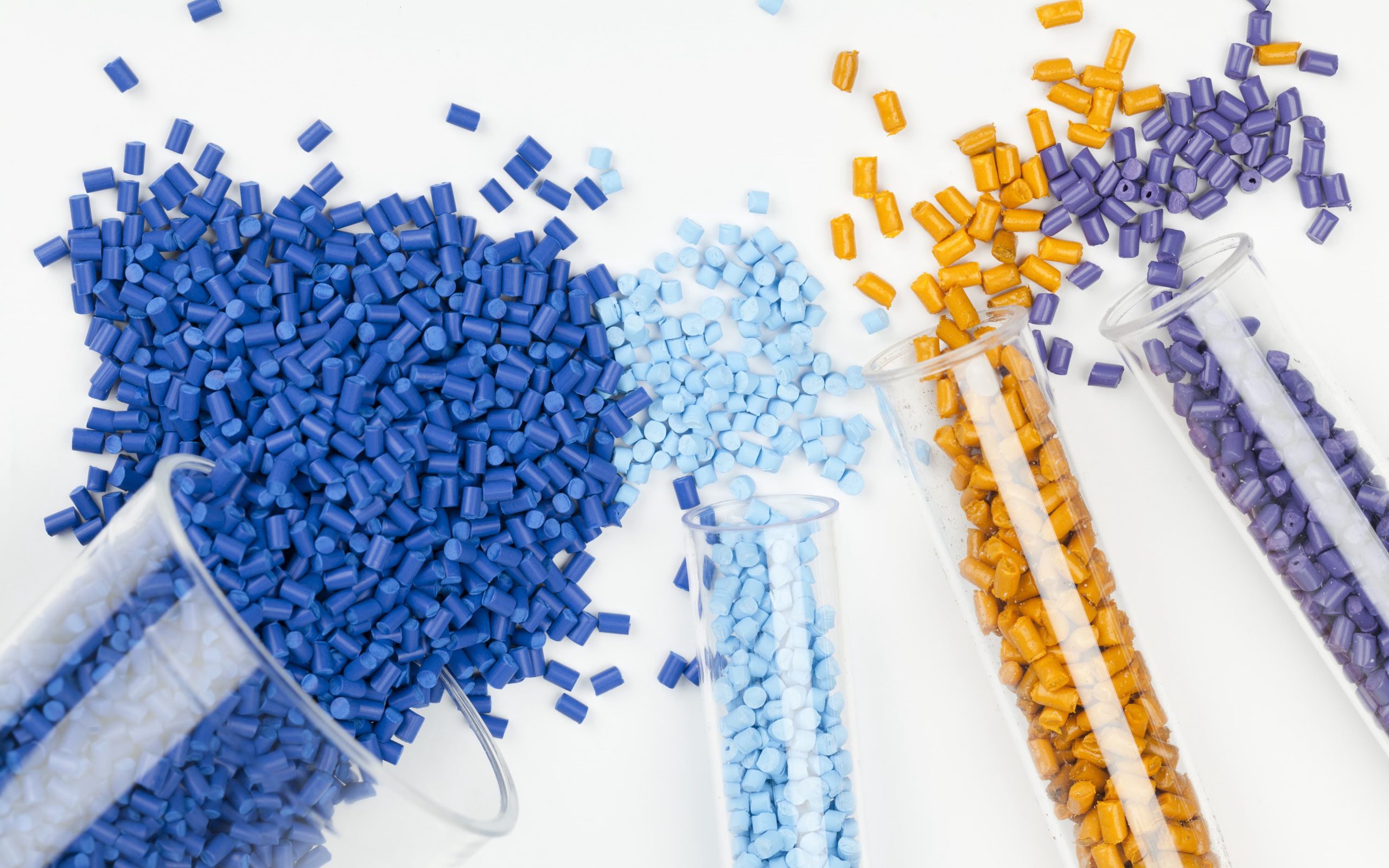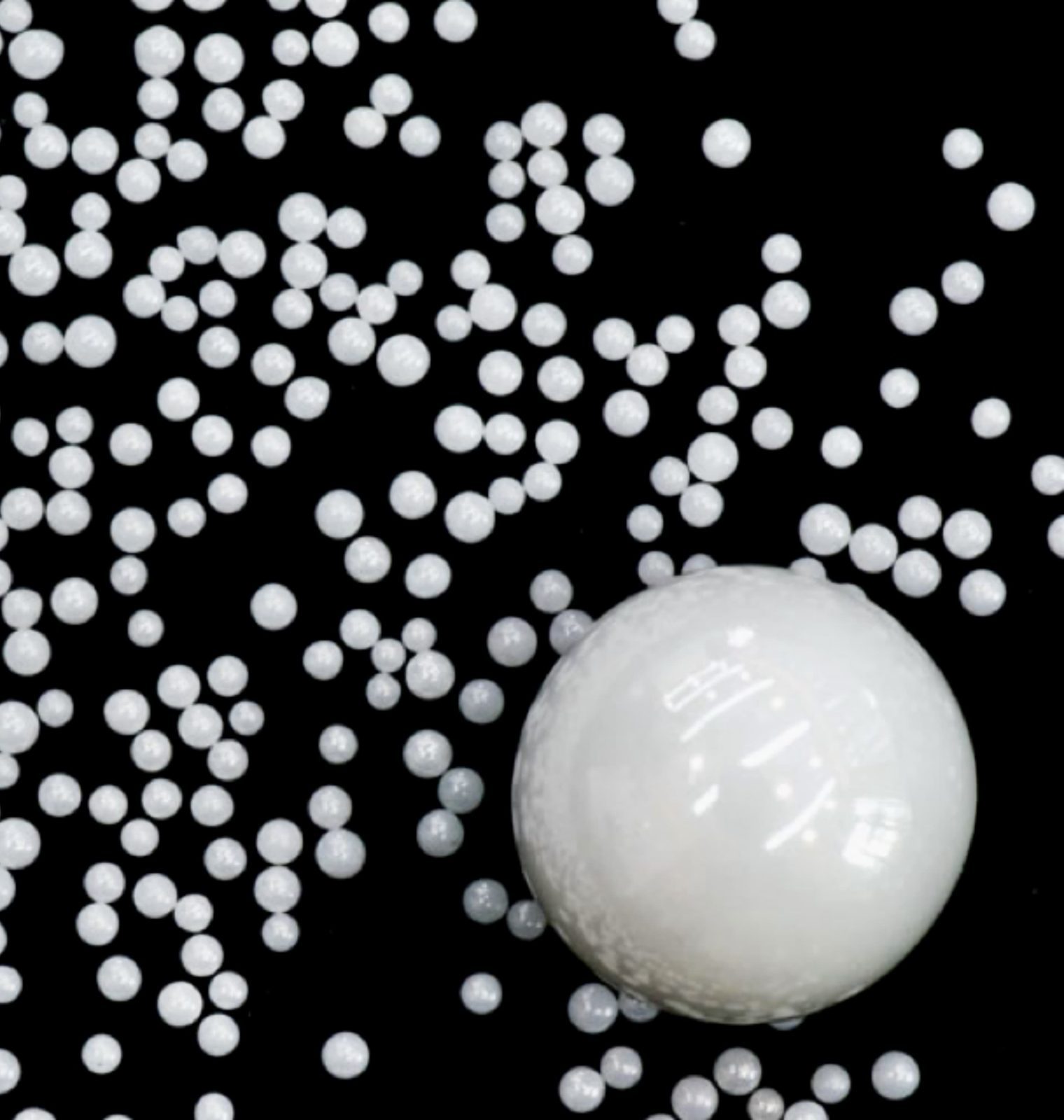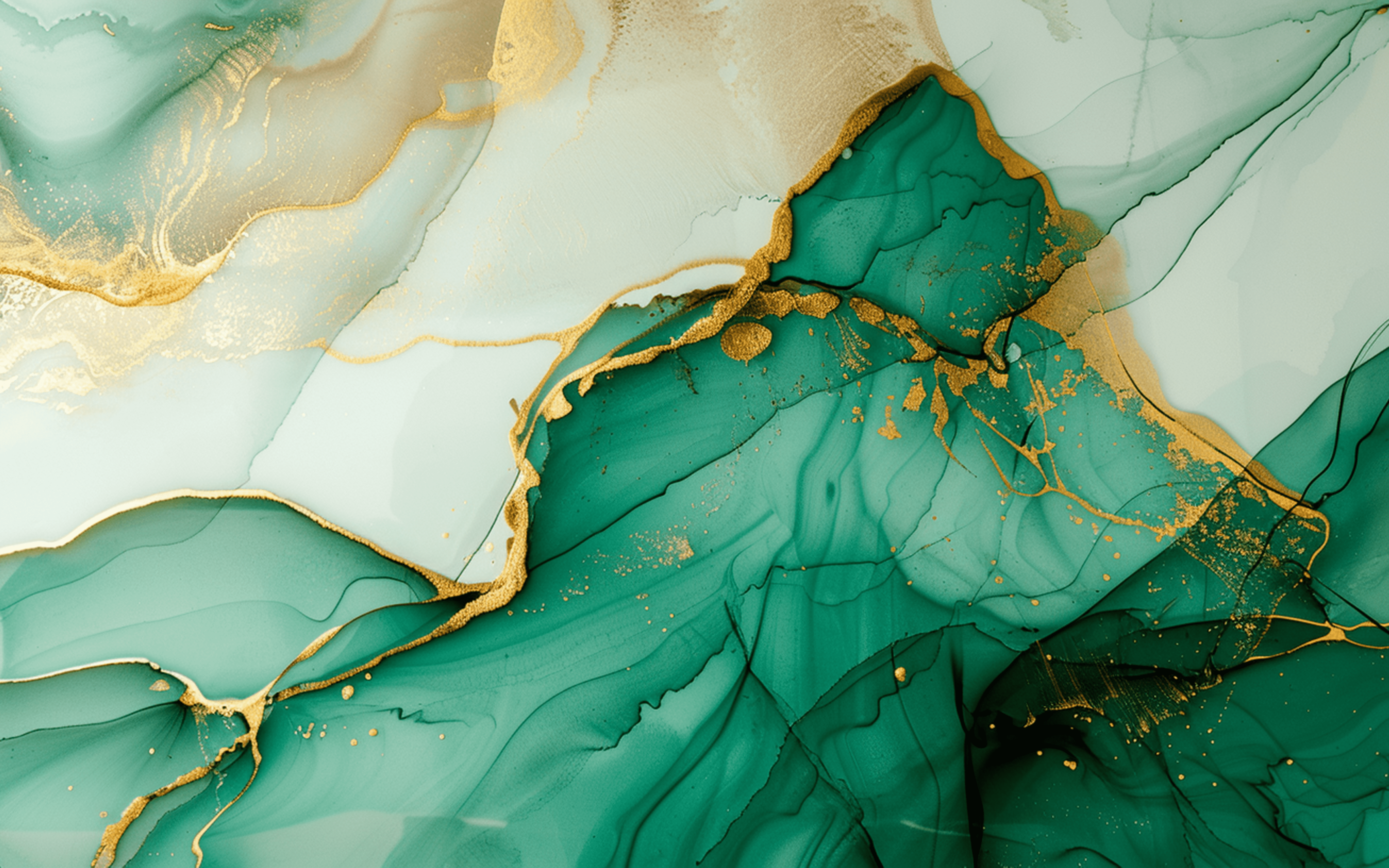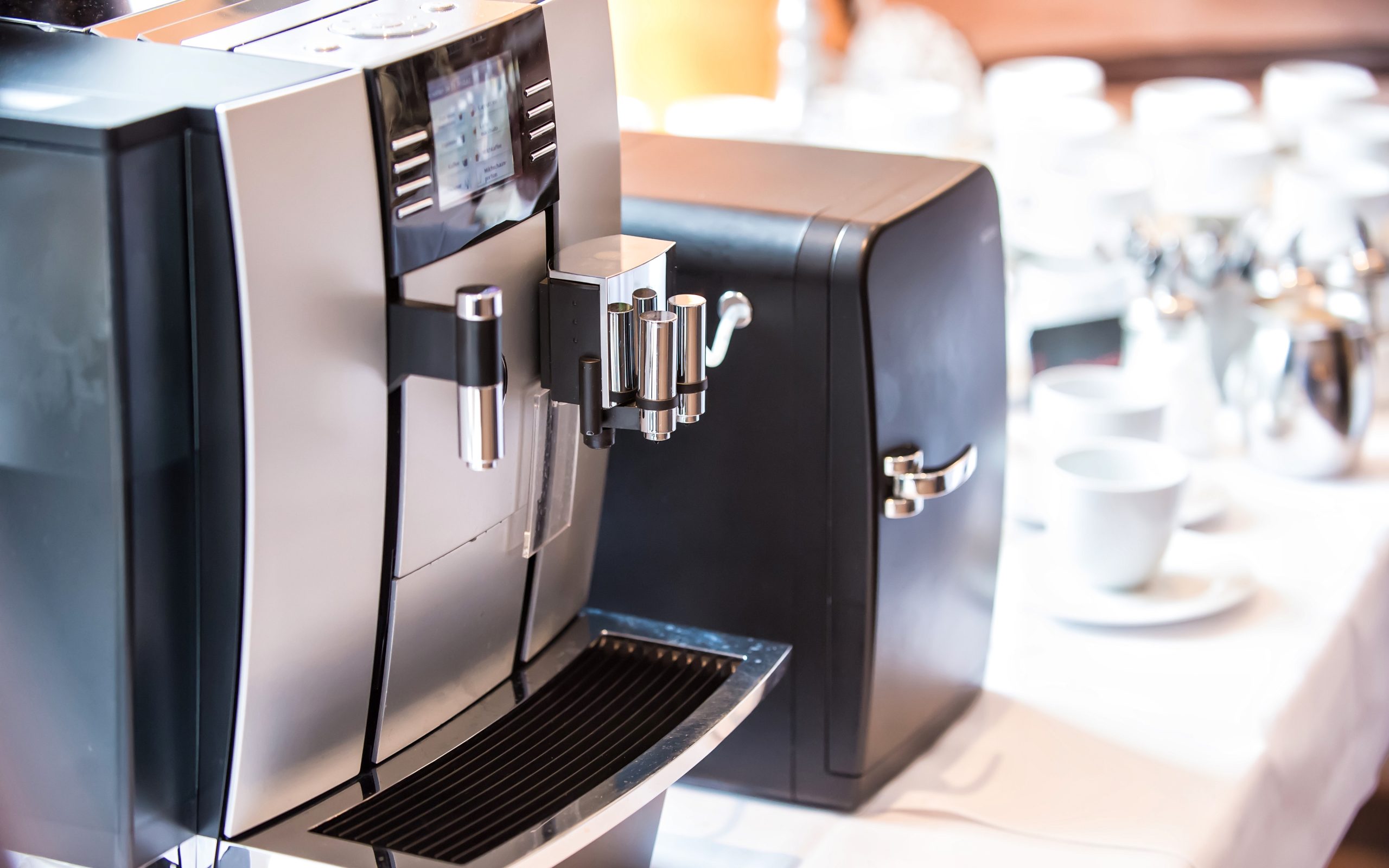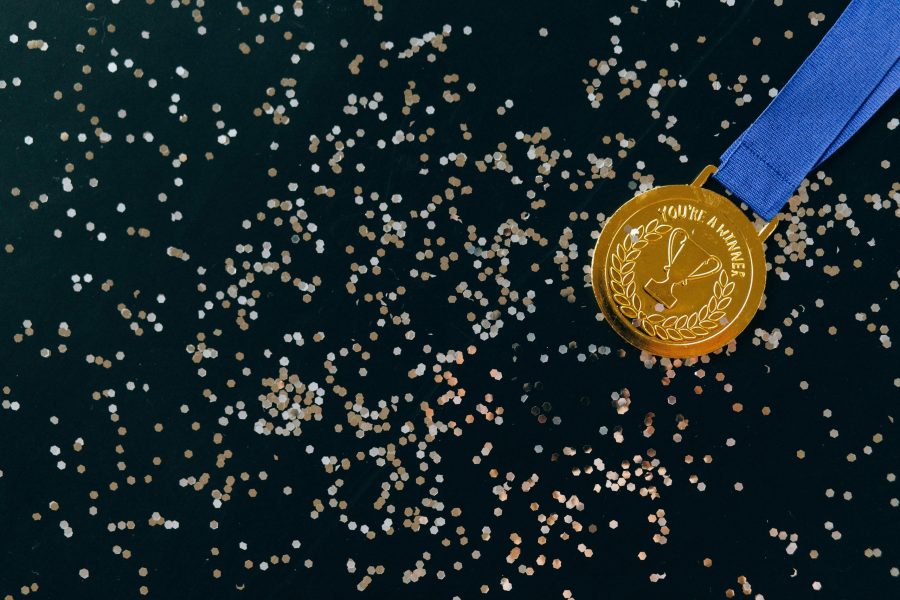Керамические шарики для упрочнения: эффективное укрепление поверхности
6 сентября 2024 года

С быстрым развитием современного производства требования к технологиям обработки поверхности постоянно растут. Технология дробеструйного упрочнения играет жизненно важную роль: от улучшения эстетического вида материалов до повышения их долговечности, коррозионной стойкости и общих эксплуатационных характеристик. Керамические шарики для дробеструйного упрочнения, являющиеся широко используемым материалом в технологии, постепенно стали популярным выбором в отрасли благодаря своим уникальным свойствам материала и высокой эффективности. В этой статье мы подробно рассмотрим характеристики, преимущества, экономическую выгоду и область применения керамических шарошек для упрочнения, а также проанализируем их фактическую эффективность в различных областях на реальных примерах.
Что такое керамические шарики для упрочнения?
Керамические шарики для упрочнения - это разновидность дробеметного материала из высокопрочной керамики, используемая в основном в процессах обработки поверхности. Технология дробеструйного упрочнения использует высокоскоростные снаряды с мельчайшими частицами для воздействия на поверхность заготовки, тем самым вызывая пластическую деформацию и повышая усталостную прочность и износостойкость поверхности материала. По сравнению с другими средствами дробеструйной обработки керамические шарошки обладают такими преимуществами, как высокая твердость, долговечность и защита окружающей среды, поэтому они широко используются во многих областях промышленности.
Характеристики
- Состав материала
Основными компонентами наших керамических упрочняющих шарошек являются оксид циркония (60-70%), диоксид кремния (28-33%) и небольшое количество оксида алюминия. Эти высокопрочные керамические материалы чрезвычайно износостойки и химически стабильны. Цирконий не только обладает превосходной твердостью, но и остается стабильным в экстремальных температурных условиях. Оксид алюминия часто используется для стандартных промышленных нужд благодаря своей широкой доступности и экономичности.
- Твердость
Керамические шарошки обладают очень высокой твердостью - от 7 до 9 по шкале твердости Мооса, что гораздо выше, чем у традиционных стальных и стеклянных шарошек. Такая высокая твердость позволяет керамическим упрочняющим шарошкам оказывать сильное ударное воздействие на поверхность заготовки во время обработки, тем самым повышая износостойкость и усталостную прочность материала.
- Форма частиц
Керамические шарики для упрочнения обычно имеют сферическую форму. Такая форма позволяет шарошкам создавать равномерную силу удара во время обработки, что позволяет избежать неравномерного износа или чрезмерной эрозии материала. Гладкая поверхность также помогает уменьшить количество микротрещин на поверхности заготовки, вызванных чрезмерным ударом.
- Долговечность
Керамические упрочняющие шарики обладают повышенной прочностью по сравнению с другими средствами упрочнения. Обладая твердостью в диапазоне 643-780HV, керамические шарошки могут сохранять стабильные характеристики при длительных высокоинтенсивных операциях, поэтому их нелегко сломать во время многочисленных циклов. В промышленных условиях длительный срок службы керамических шарошек не только снижает материальные затраты, но и повышает эффективность операций упрочнения.
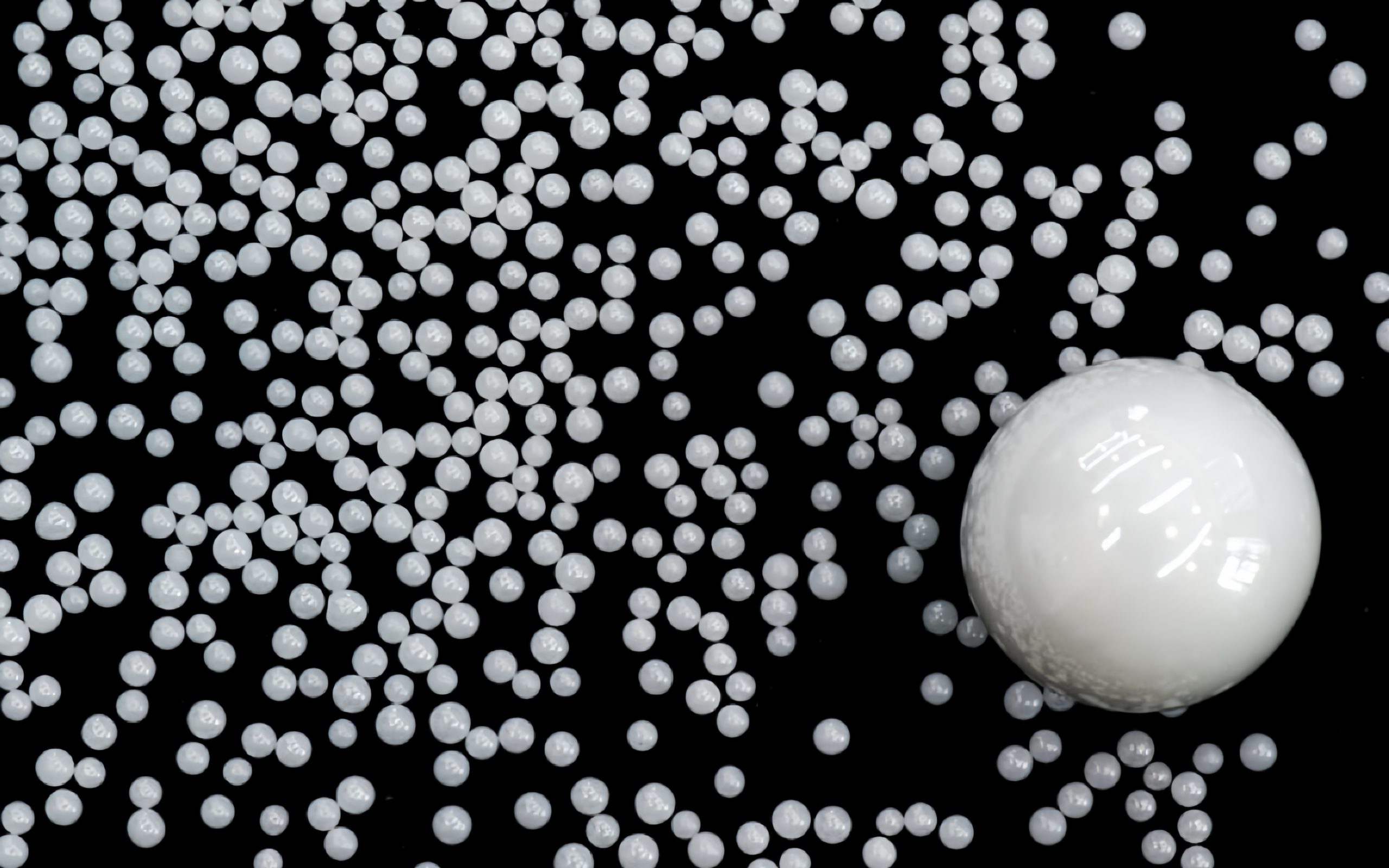
Наши продукты для съемки в реальном времени
Преимущества и проблемы
Преимущества
- Высокая эффективность: Высокая твердость и износостойкость керамических упрочняющих шариков позволяет им непрерывно и стабильно обеспечивать высокое качество обработки поверхности в процессе дробеструйного упрочнения. Благодаря низкой скорости разрушения, частота обновления частиц в процессе упрочнения значительно снижается, что повышает экономическую эффективность процесса.
- Защита окружающей среды: Керамические упрочняющие шарики не содержат токсичных веществ и могут быть многократно переработаны, что сокращает образование отходов. По сравнению с некоторыми средствами упрочнения, содержащими металлические компоненты, керамические упрочняющие шарики оказывают меньшее воздействие на окружающую среду и подходят для промышленных применений с высокими экологическими требованиями.
- Последовательность: Благодаря сферическим частицам и высокой твердости керамических упрочняющих шариков, эффект упрочнения является очень последовательным и может обеспечить равномерные результаты обработки поверхности, особенно подходящие для обработки, требующей высокой точности.
Вызовы
- Высокая первоначальная стоимость: По сравнению с другими средствами упрочнения, керамические шарошки имеют относительно высокую стоимость приобретения. Хотя длительный срок службы может частично компенсировать эту стоимость, первоначальные инвестиции могут стать проблемой для некоторых малых и средних предприятий.
- Ограниченная применимость: Высокая твердость керамических упрочняющих шариков особенно подходит для упрочнения поверхности крупных деталей, но, напротив, не подходит для мягких металлов, пластмасс, дерева и других материалов или применений, требующих бережной обработки поверхности.
Экономические выгоды и защита окружающей среды
Хотя первоначальная стоимость керамических шарошек для упрочнения высока, учитывая чрезвычайно высокую износостойкость и срок службы керамических шарошек, предприятия могут получить меньшую потерю частиц, меньшую частоту замены материала, более длительный срок службы и меньшие затраты на утилизацию отходов, что в совокупности снижает общие эксплуатационные расходы, поэтому долгосрочная экономическая выгода очевидна.
С другой стороны, в связи с ужесточением требований по охране окружающей среды в разных странах, растет спрос на экологически чистые материалы в промышленном производстве. Экологичность керамических упрочняющих шариков выражается, прежде всего, в том, что они не содержат токсичных и вредных веществ, не загрязняют окружающую среду, безопасны для здоровья работников, а также могут быть многократно переработаны, значительно сокращая образование промышленных отходов. Эти два преимущества не только отвечают целям устойчивого развития современных предприятий, но и удовлетворяют потребности клиентов в экологичном производстве.
Применение в промышленности и анализ конкретных случаев
Керамические упрочняющие шарики широко используются во многих отраслях промышленности. Ниже приводится анализ применения в трех типичных отраслях.
- Аэрокосмическая промышленность
- Общие сведения: Аэрокосмическая отрасль - это область с чрезвычайно высокими требованиями к материалам и технологическим процессам. Компоненты самолетов и космических аппаратов часто должны работать в условиях экстремальных температур и давления. Керамические упрочняющие шарики в основном используются для поверхностной упрочняющей обработки турбинных двигателей самолетов, лопаток газовых турбин, конструктивных элементов фюзеляжа и ключевых соединительных деталей.
- Дело: Rolls-Royce - один из ведущих мировых производителей авиационных двигателей. В процессе производства турбинных лопаток используется технология керамического упрочнения. Применение этого процесса эффективно повышает усталостную прочность и коррозионную стойкость лопаток и продлевает срок их службы. Благодаря дробеструйному упрочнению компоненты двигателей Rolls-Royce могут снизить концентрацию напряжений в экстремальных условиях температуры и давления, избежать распространения поверхностных трещин, работать дольше и сократить частоту технического обслуживания, что не только повышает безопасность и надежность самолета, но и экономит долгосрочные эксплуатационные расходы. По данным компании, срок службы турбинных лопаток, обработанных керамическим упрочнением, увеличился на 15%-20%.
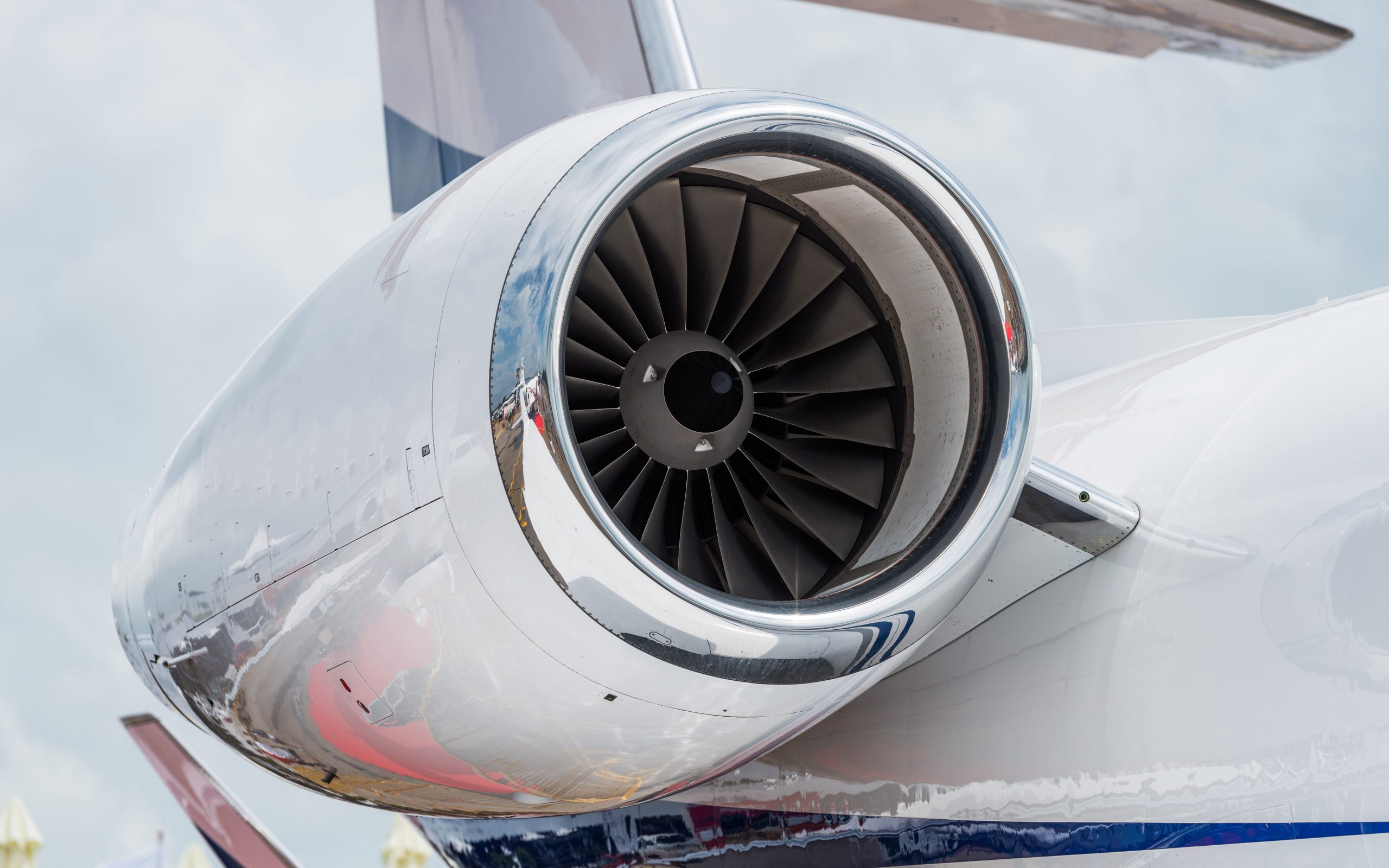
Лопатки турбин летательных аппаратов
- Автомобильное производство
- Фон: В автомобилестроении, особенно для высокопроизводительных спортивных и коммерческих автомобилей, прочность и надежность компонентов имеют решающее значение. Керамические упрочняющие шарики широко используются для обработки поверхности ключевых компонентов, таких как автомобильные системы трансмиссии, шестерни и системы подвески. Напыление на поверхность металлических деталей позволяет эффективно упрочнить основные компоненты, такие как шестерни, коленчатые валы, шатуны в системе трансмиссии. Благодаря высокой твердости и износостойкости керамических шариков процесс упрочнения улучшает структуру поверхности, повышает усталостную прочность и трещиностойкость деталей, не повреждая их.
- Дело: Компания BMW широко использует керамические упрочняющие шарики для обработки поверхности шестерен и систем трансмиссии своих высокопроизводительных спортивных автомобилей. Модели BMW серии M известны своей превосходной производительностью и точностью управления, а технология керамического упрочнения помогает повысить долговечность основных компонентов этих автомобилей. BMW полностью применяет эту технологию на своей производственной линии, делая распределение напряжений на поверхности шестерен более равномерным, снижая износ компонентов и тем самым улучшая эксплуатационные характеристики автомобиля при высоких нагрузках. Данные показывают, что долговечность шестерен после керамического упрочнения увеличивается примерно на 30%, что позволяет BMW еще больше повысить надежность и безопасность своих спортивных автомобилей.
- Медицинское оборудование
- Общие сведения: Медицинская промышленность предъявляет чрезвычайно высокие требования к технологии обработки поверхности, особенно при производстве имплантатов и хирургических инструментов. Качество обработки поверхности напрямую влияет на биосовместимость и срок службы материала. Применение керамических упрочняющих шариков в медицинских устройствах в основном сосредоточено на обработке костных гвоздей, сердечных стентов и суставных имплантатов (таких как искусственные тазобедренные и коленные суставы) для повышения их износостойкости и биосовместимости. Керамические упрочняющие шарики могут не только оптимизировать шероховатость поверхности, но и усилить эффект слияния имплантата с тканями человека и уменьшить послеоперационное трение и износ. В то же время технология керамического упрочнения используется для обработки поверхности хирургических инструментов с целью повышения их долговечности и коррозионной стойкости.
- Дело: Stryker - всемирно известная компания по производству медицинского оборудования, специализирующаяся на выпуске высококлассных медицинских имплантатов, таких как искусственные суставы. Они также используют керамические упрочняющие шарики для обработки поверхности искусственных тазобедренных суставов, что значительно повышает их износостойкость и биосовместимость. Данные исследовательского отчета компании показывают, что срок службы имплантатов тазобедренного сустава, обработанных керамическим упрочнением, в клинических условиях увеличился более чем на 20%, что эффективно снижает риск повторной операции для пациентов.
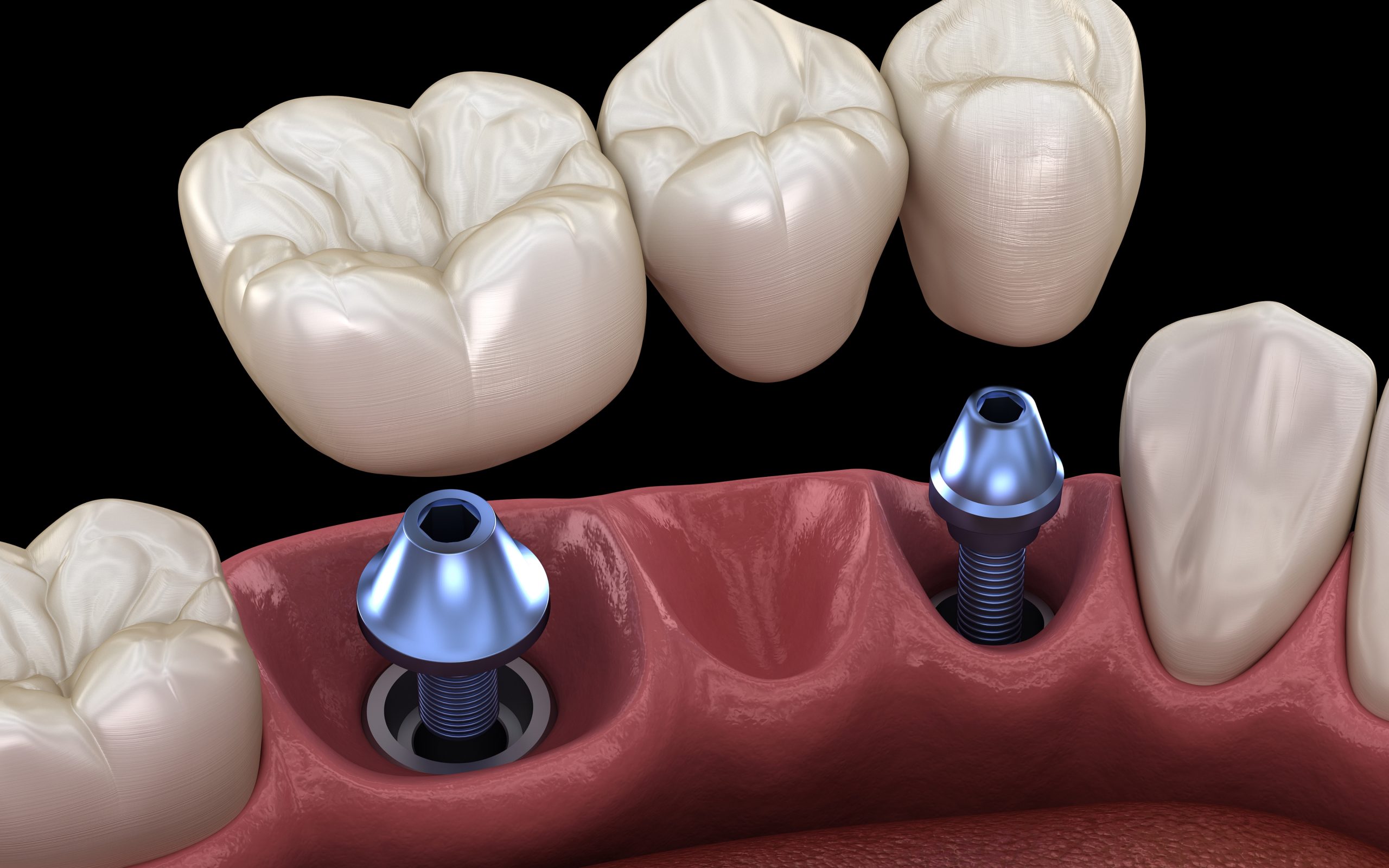
Зубной мост с опорой на имплантаты
- Формы
- Общие сведения: Усиление пресс-формы - это повышение ее прочности и трещиностойкости, уменьшение количества отказов и простоев, снижение износа и усталости, а значит, продление срока службы. Это не только повышает эффективность производства, но и снижает эксплуатационные расходы, а также обеспечивает постоянство и стабильность качества продукции. Укрепление пресс-форм позволяет компаниям поддерживать непрерывность и эффективность производства в условиях высокой интенсивности работы и в конечном итоге добиваться более высоких экономических показателей.
- Дело: Согласно таким источникам, как технические документы, исследовательские отчеты и данные маркетинговых исследований, выпущенные различными компаниями, можно увидеть, что: после дробеструйного упрочнения срок службы пресс-формы Bosch увеличился на 30%, количество дефектов в производственном процессе сократилось на 25%, а общая эффективность производства повысилась на 20%; Apple использовала керамические упрочняющие шарики при обработке поверхности пресс-форм из алюминиевого сплава для улучшения отделки и долговечности пресс-форм, и качество внешнего вида конечной пресс-формы улучшилось на 15%, производственные дефекты сократились на 20%, а затраты на обслуживание пресс-формы снизились на 25%; Volkswagen сообщил, что срок службы пресс-формы увеличился на 25%, частота обслуживания пресс-формы сократилась на 30%, а время простоя производственной линии - на 20%; GE Aviation использовала технологию керамического упрочнения в пресс-формах для компонентов авиационных двигателей, чтобы справиться с условиями высоких температур и высокого давления. Срок службы обработанных пресс-форм увеличился на 40%, а устойчивость пресс-форм к высоким температурам повысилась на 35%.
Применение различных размеров
- Z100 (0,100-0,150 мм)
- Применение: В основном используется для деликатной обработки с чрезвычайно высокими требованиями к чистоте поверхности, например, для упрочнения прецизионных пресс-форм, электронных компонентов и микромеханических деталей. Керамические упрочняющие шарики такого размера подходят для обработки очень мелких дефектов поверхности и тонких поверхностных текстур. Они широко используются при производстве высокоточных электронных устройств и микрокомпонентов, например, для обработки поверхности экранов мобильных телефонов и снятия заусенцев с прецизионных механических деталей.
- Особенности: Мелкие частицы могут обеспечить высококачественную гладкость и точность поверхности, подходят для обработки мелких дефектов поверхности. В некоторых отраслях промышленности с особенно высокими требованиями к чистоте поверхности, таких как производство высококлассной электронной продукции и микромеханических изделий, дробь размером Z100 может значительно улучшить внешний вид и функциональность готового изделия.
- Z150 (0,150-0,210 мм)
- Применение: Используется для прецизионной обработки поверхностей, например, пресс-форм для бытовой электроники, точного литья и пластиковых форм. Дробовые упрочняющие шарики такого размера могут эффективно удалять мелкие дефекты поверхности и обеспечивать соответствующую интенсивность обработки, сохраняя гладкость поверхности. Они часто используются для улучшения качества поверхности прецизионных отливок и увеличения срока службы пресс-форм.
- Особенности: Частицы немного крупнее, чем в Z100, но они все равно могут обеспечить высокий уровень эффекта обработки поверхности, подходящий для обработки деталей с требованиями к точности среды. Он может обеспечить более сильный эффект укрепления поверхности, сохраняя при этом высокую гладкость поверхности, и является первым выбором многих производителей бытовой электроники.
- Z210 (0,250-0,425 мм)
- Применение: Используется для обработки поверхностей с высокой прочностью, например, для предварительной обработки автомобильных деталей и аэрокосмических компонентов и удаления поверхностных оксидных слоев. Дробь этого размера подходит для удаления толстых оксидных слоев или поверхностных загрязнений, одновременно повышая шероховатость поверхности и улучшая адгезию деталей.
- Особенности: Частицы крупнее и подходят для применения в тех случаях, когда необходимо удалить крупные поверхностные дефекты или оксидные слои, особенно на этапе предварительной обработки автомобильных деталей и аэрокосмических компонентов. Они могут эффективно справиться с относительно толстыми поверхностными загрязнениями и обеспечить лучшие условия для последующей обработки поверхности.
- Z300 (0,300-0,425 мм)
- Применение: Подходит для обработки поверхности сред и крупных пресс-форм, особенно когда поверхность пресс-формы нуждается в улучшении износостойкости. Этот размер дробеметных шарошек может учитывать как удаление поверхностных дефектов, так и повышение прочности поверхности, и подходит для обработки крупных механических деталей и промышленных пресс-форм.
- Особенности: Размер частиц умеренный, что позволяет обеспечить сильный эффект обработки поверхности, избегая при этом чрезмерного износа и повреждения заготовки. Она подходит для обработки больших площадей поверхности и может эффективно повысить срок службы и производительность пресс-форм.
- Z425 (0,425-0,600 мм)
- Применение: Используется для обработки шероховатых поверхностей, таких как литейные формы, детали машиностроения, или для удаления крупной ржавчины и загрязнений. Дробовые упрочняющие шарики такого размера могут обеспечить эффективный эффект при обработке шероховатых поверхностей.
- Особенности: Частицы крупные и могут эффективно обрабатывать шероховатые или поврежденные поверхности. Он подходит для работ, требующих сильного дробеструйного упрочнения, таких как обработка поверхности крупного машиностроительного оборудования или очистка литейных форм. Оно может быстро удалить ржавчину и загрязнения на поверхности и улучшить качество поверхности и долговечность деталей.
- Z600 (0,600-0,850 мм)
- Применение: Используется для грубой обработки поверхности или высокопрочного упрочнения поверхности, например, для упрочнения крупных отливок и тяжелых конструкционных деталей. Дробеметные шарошки такого размера подходят для обработки больших площадей и высокопрочных поверхностей.
- Особенности: Крупные частицы, способные обрабатывать тяжелые поверхностные слои, повышая шероховатость поверхности, подходят для крупномасштабной и высокоинтенсивной обработки. Он может завершить относительно грубую обработку поверхности за более короткое время, подходит для поверхностного упрочнения крупных структурных деталей и промышленных компонентов.
- Z850 (0,850-1,180 мм)
- Применение: Используется для обработки очень грубых поверхностей, таких как предварительная обработка поверхности крупных пресс-форм, дезактивация и упрочнение крупных механических деталей. Дробь этого размера подходит для обработки очень грубых поверхностей и может эффективно удалять тяжелые поверхностные слои.
- Особенности: Самый крупный размер частиц, подходящий для обработки чрезвычайно шероховатых поверхностей, позволяет быстро удалить тяжелые поверхностные слои и повысить прочность поверхности. Он подходит для обработки поверхности в экстремальных условиях, таких как предварительная обработка больших пресс-форм или упрочнение поверхности крупных механических деталей, и позволяет завершить высокоинтенсивную обработку за более короткое время.
Керамические упрочняющие шарики постепенно становятся предпочтительным средством для обработки поверхностей в различных отраслях промышленности благодаря своим превосходным свойствам материала, экономической выгоде и экологическим преимуществам. Будь то аэрокосмическая промышленность, автомобилестроение или медицинское оборудование, керамические упрочняющие шарики продемонстрировали свои уникальные преимущества. Несмотря на относительно высокую первоначальную стоимость, с точки зрения долгосрочного применения, их высокая эффективность, долговечность и экологичность могут принести предприятиям значительную экономию средств и экологическую выгоду. Ожидается, что с постоянным развитием технологий и изменением потребностей промышленности керамические упрочняющие шарики будут продвигаться и применяться во все большем количестве областей и играть более важную роль в содействии развитию зеленой промышленности. В будущем мы ожидаем, что керамические упрочняющие шарики еще больше преодолеют ограничения в применении и станут важной силой, способствующей устойчивому развитию современной обрабатывающей промышленности.



